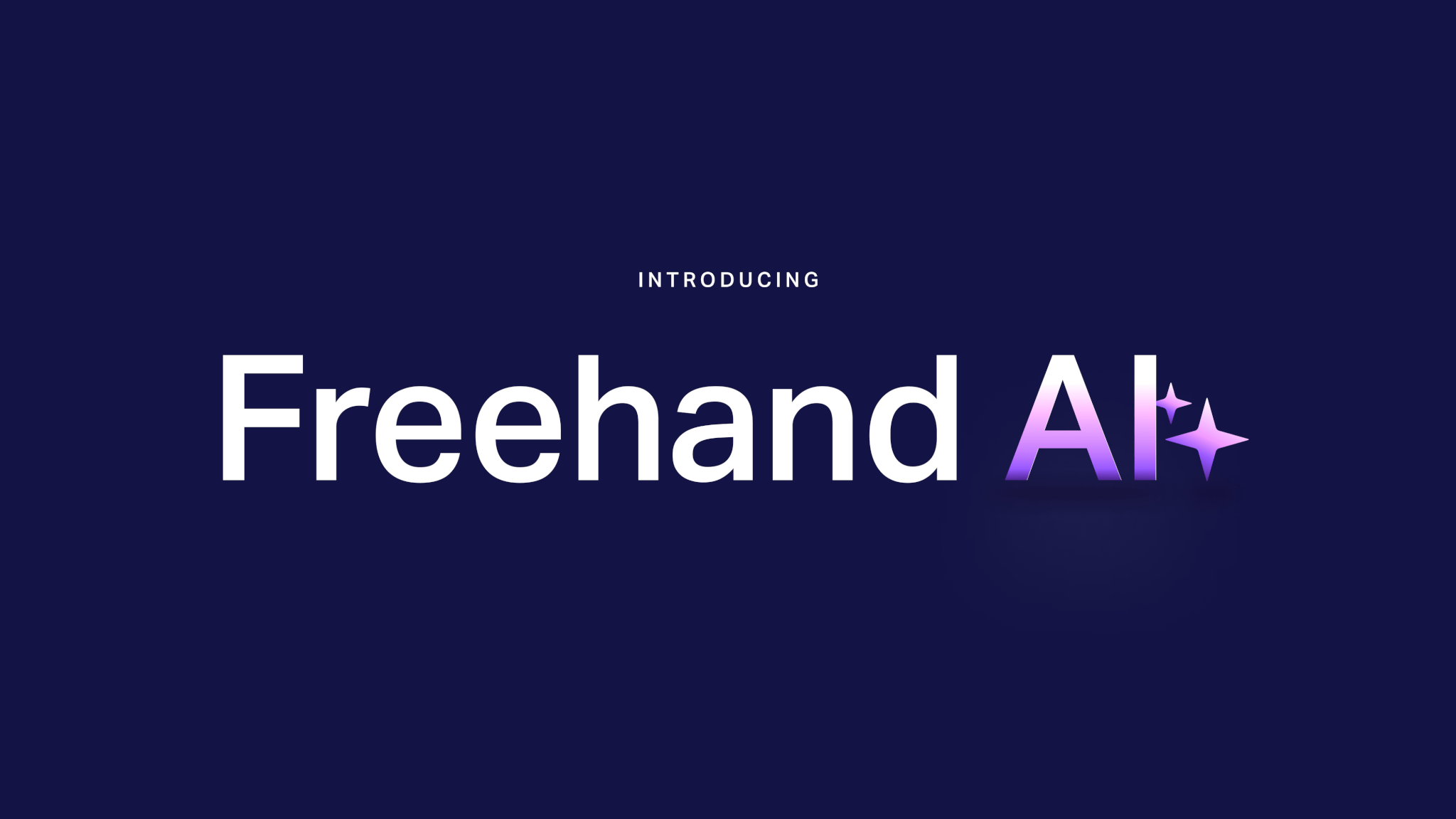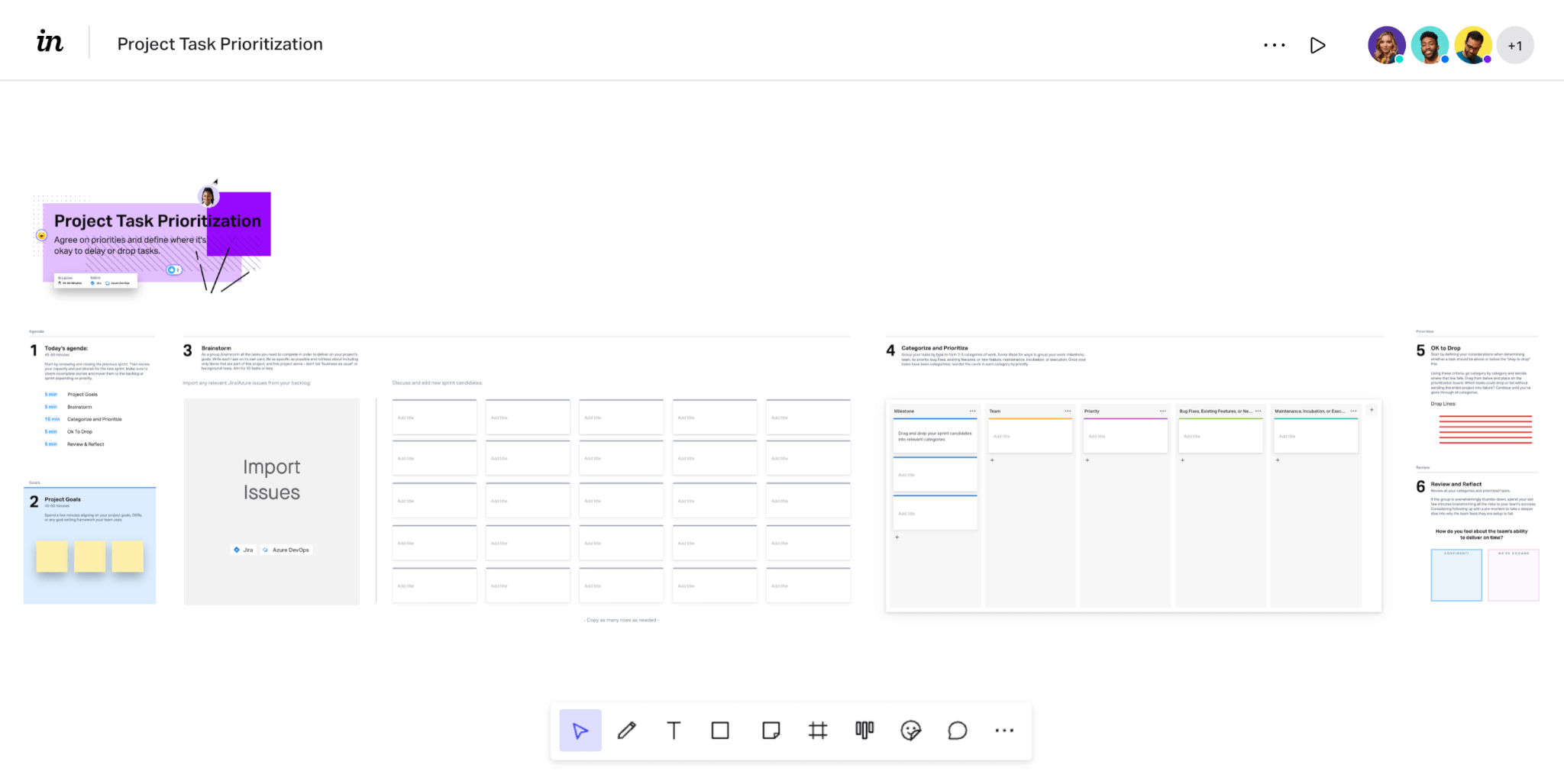
By Kosta Bolgov

Prioritize and align on what tasks to action on next with the Project Task Prioritization template by Jira.
Use TemplateUse the Jira Project Task Prioritization Template to invite stakeholders to brainstorm and get alignment on next steps, either async or in your next project planning meeting. This workflow is a great opportunity to get cross-functional teams involved in planning, and make sure project partners and leadership alike are all on the same page before you start actioning on tasks.
This template was co-created with Jira and inspired by the Atlassian Prioritize Tasks Playbook.
Work together to set project metrics, OKR’s, or other project goals. These will guide your team as you prioritize tasks in step 4!
As a group, brainstorm all the tasks you need to complete in order to deliver on your project's goals. Write each task on a card, being specific to only include ideas relevant to this project. Import existing Jira issues, or turn new task ideas on sticky notes into Jira cards using the Jira integration for Freehand.
In a Kanban-style board, add columns for team, priority, task type, etc, then ask stakeholders to help prioritize where tasks should be. Project partners can add comments, reactions, or sticky notes to share feedback on what tasks they think should be prioritized.
Define consideration criteria like timing and resourcing in respect to your goals. Anything above that line is a “go”, anything below the line is okay to drop.
Circle back with the team—is everyone in agreement with the “go” and “no-go” tasks? If the team isn’t aligned, learn why! This exercise is meant to be a collaborative experience, so understanding stakeholder perspectives is paramount.